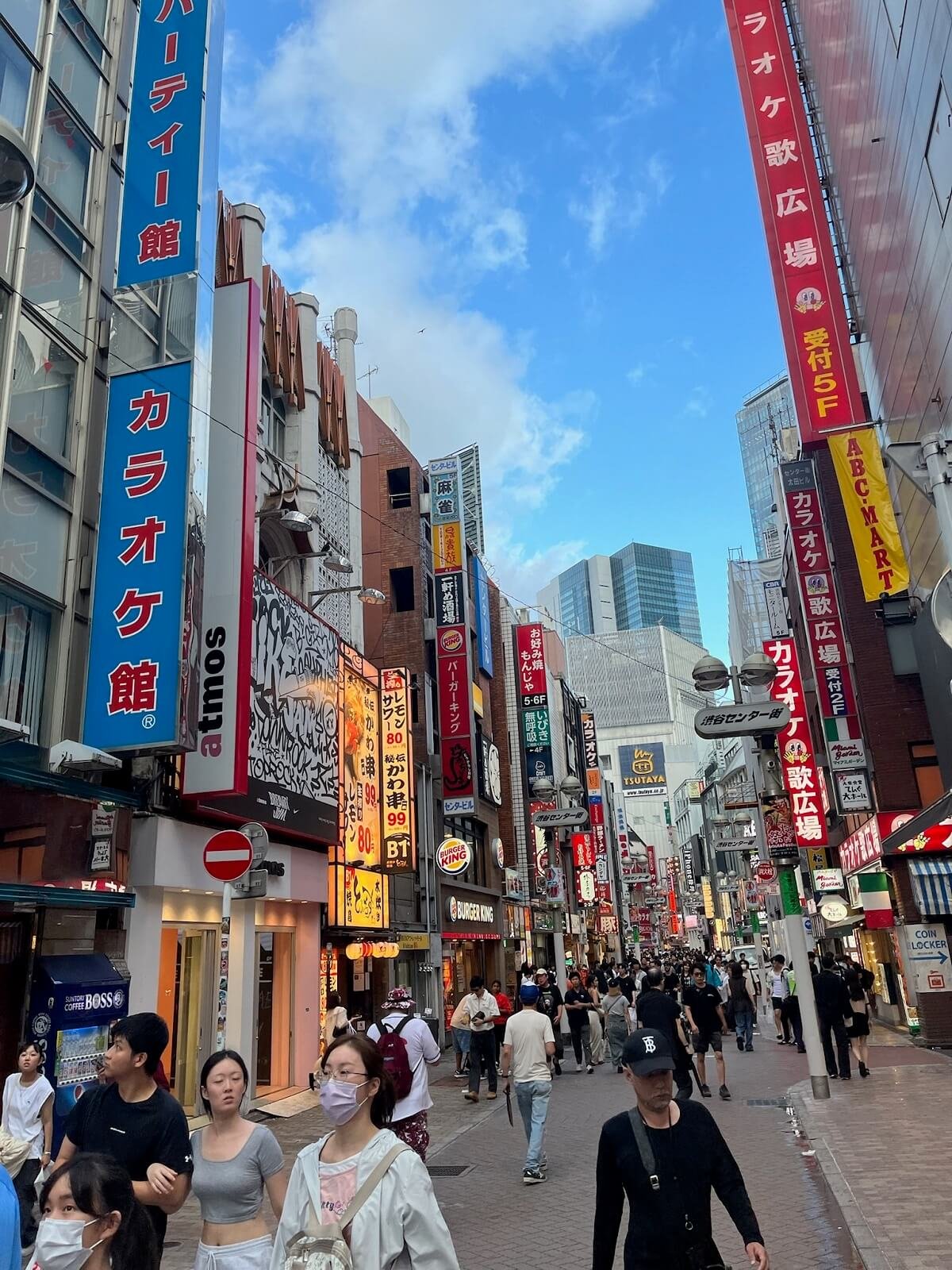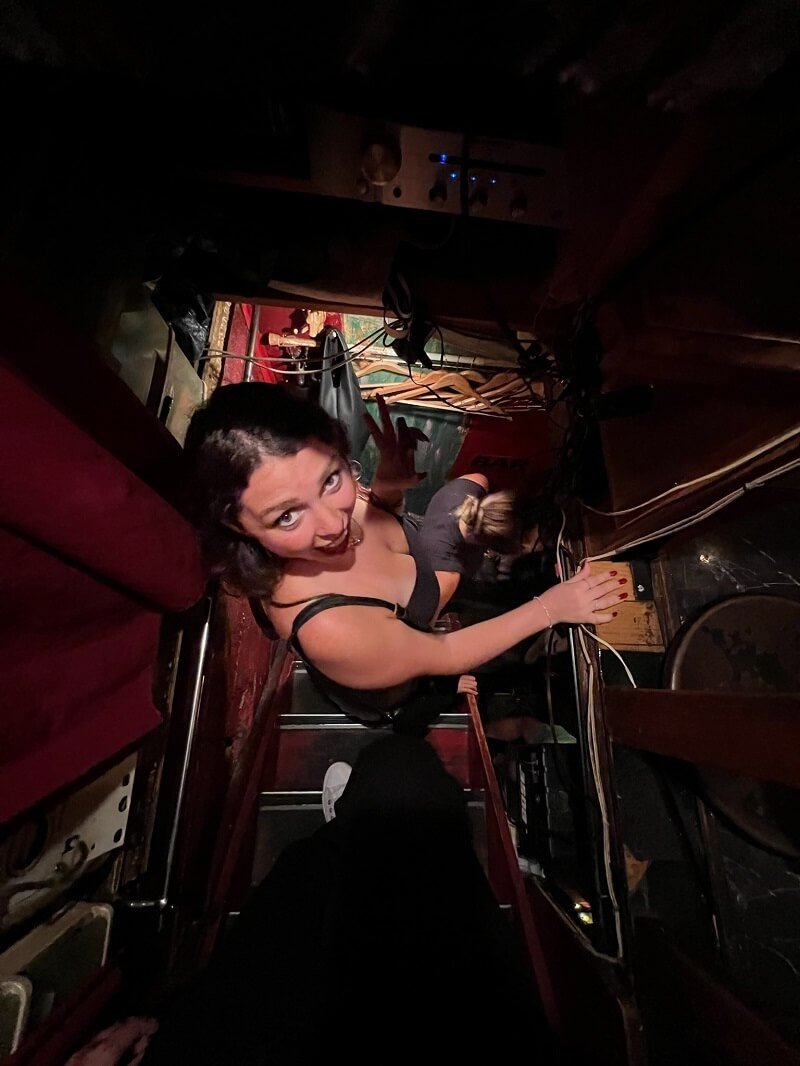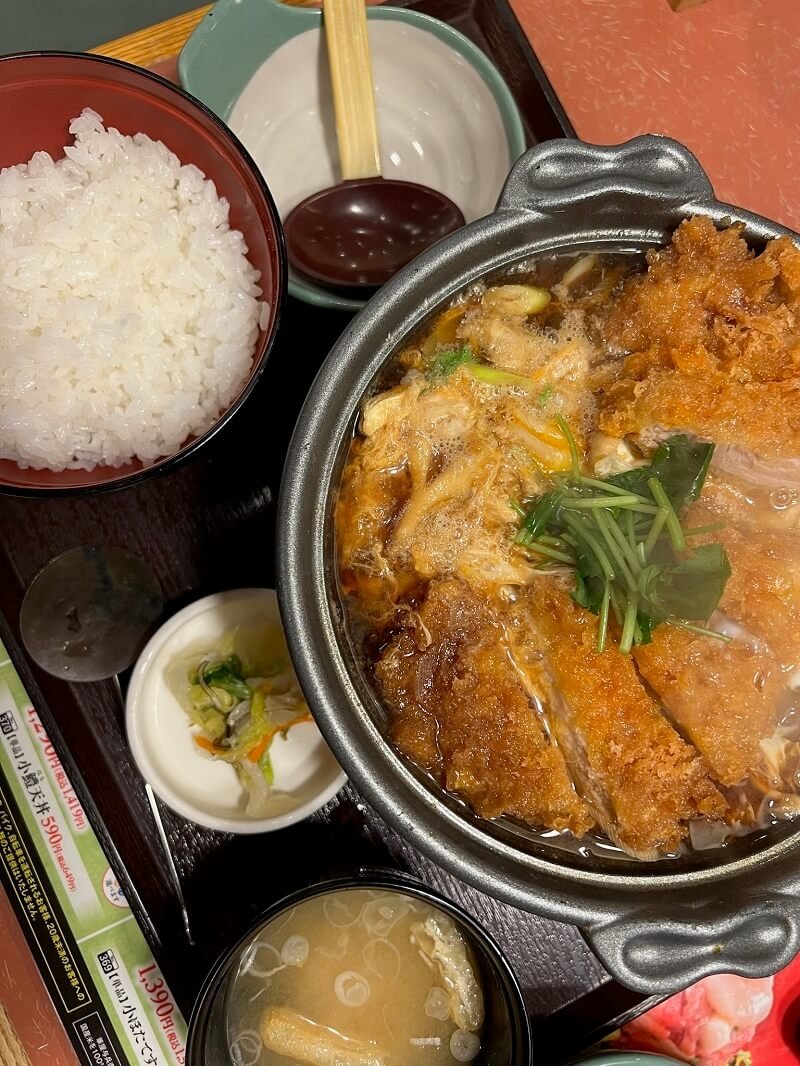If you’re headed to Japan, taking the bullet train (or shinkansen) between Tokyo and Kyoto is an experience you won’t want to miss. It’s not only fast and comfortable, but it’s also a great way to see Japan’s countryside in style.
Starting at the Shinkansen Station
When you arrive at the station, look for signs marked “JR” in green. These will lead you in the right direction so you’re not wandering around aimlessly.
Don’t worry if you see ticket booths outside; those aren’t for the bullet train.
Instead, head inside to the tourist ticket office. The staff there are super helpful and can guide you through any questions on luggage, ticket types, or boarding.
Ticket Essentials: You’ll Need Two
To take the bullet train, you’ll need two tickets: the basic fare ticket and the express ticket.
The basic fare is for your general travel cost, while the express ticket gives you access to the faster, high-speed train service.
It might sound a little confusing, but don’t stress! Remember, you need both tickets, and the ticket counter agents are there to help you get what you need.
Why Do You Need Both Tickets?
The two-ticket system works like this: the basic fare ticket covers your standard travel cost from one city to another. Think of it as your basic “entry pass” for any train.
The express ticket is what gets you access to the high-speed shinkansen. This additional ticket is your “pass” for the fast train, letting you zip through Japan in just a couple of hours.
PRO TIP:
If you plan to visit multiple cities, the Japan Rail Pass (JR Pass) [1] might be a good deal. It includes both ticket types, so you get unlimited travel on the shinkansen and other JR lines for a set period.
Do You Need a Reserved Seat?
Trains run every five minutes, so there’s no pressure to book a seat in advance. If you choose a reserved seat, though, you’ll need to be on that specific train at the exact time.
If you’re looking for flexibility, skip the reserved seat and sit in cars 1 through 3. It’s easy, and as long as you’re on time, you’ll find a spot.
Want to avoid the crowds? Here’s what you should know:
- Weekends and Rush Hours: Bullet trains are also busy during weekday rush hours (7:00-9:00 a.m. and 5:00-7:00 p.m.) and on weekends, especially on popular routes like Tokyo to Osaka or Kyoto.
- Golden Week (late April to early May): This long holiday period includes multiple national holidays, making it one of the most crowded times for domestic travel.
- Obon (mid-August): Obon is a traditional Japanese Buddhist holiday dedicated to honoring the spirits of ancestors, during which many people return to their hometowns to hold family gatherings and perform memorial rituals, filling trains in both directions. Festival dates vary.
Scenery Tip: Sit on the Right Side for Mt. Fuji
Here’s a pro tip for the views: on your way from Tokyo to Kyoto, sit on the right side to get a perfect view of Mt. Fuji. On your return trip, switch to the left side to catch the mountain again.
It’s a sight you’ll definitely want to have your camera ready for!

Luggage Tips and Fees
If you’re bringing a lot of luggage, you’ll want to double-check the baggage policy. Regular bags are usually fine, but oversized luggage might need an additional fee and special storage.
Ask the station agents about this so everything is squared away before you board. They’re there to help, and it’s way easier than dealing with it last-minute.
Onboard Etiquette: Clean Bathrooms and Courteous Conductors
One of the coolest perks of the bullet train is how clean everything is. Seriously, the bathrooms are spotless—probably the nicest public transit bathrooms you’ll ever see!
And here’s something special: after checking your tickets, the conductors actually bow as they pass through. It’s all part of the respectful and courteous service you’ll experience on the shinkansen.
What About the Price?
A one-way trip from Tokyo to Kyoto is roughly 14,410 yen (about $121 USD). The basic ticket costs around 8,910 yen ($75), and the express ticket adds another 5,500 yen ($46).
If you’re traveling around Japan, check out the Japan Rail Pass. It offers unlimited travel for a set time and can be a real money-saver if you’re planning on visiting multiple cities.







